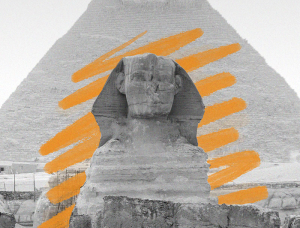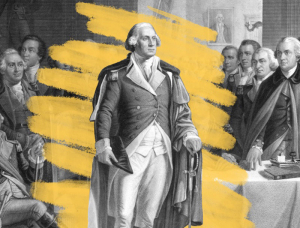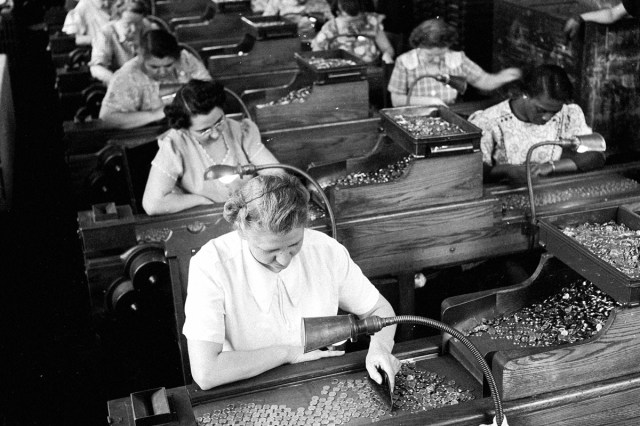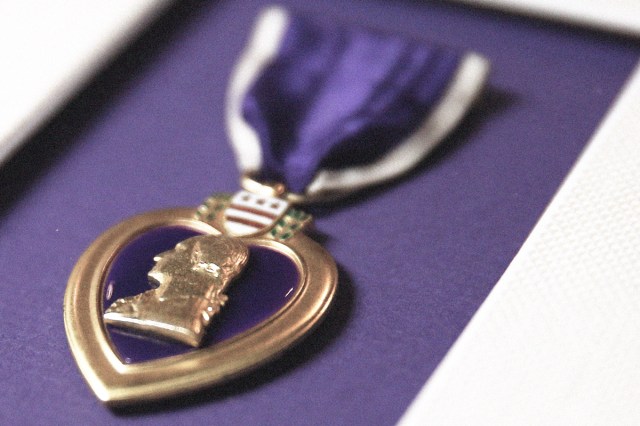7 Priceless Facts About the U.S. Mint
With the ratification of the Constitution in 1788 and the Bill of Rights in 1791, citizens of the fledgling United States of America could count on documentation that guaranteed the separation of federal powers and an array of personal liberties. Of course, what good is freedom without a sound financial system to give people the opportunity to thrive? To address that issue, Congress passed the Banking Bill in 1791 to create the Bank of the United States, and the Coinage Act of 1792 to establish the U.S. Mint and the denominations of coins it would produce.
While that first national bank lasted just 20 years, the Mint is still around and going strong, with 13.1 billion coins sent into circulation in the 2023 fiscal year. Here are seven facts about this treasured institution that has provided Americans with pocket change since the heyday of the Founding Fathers.
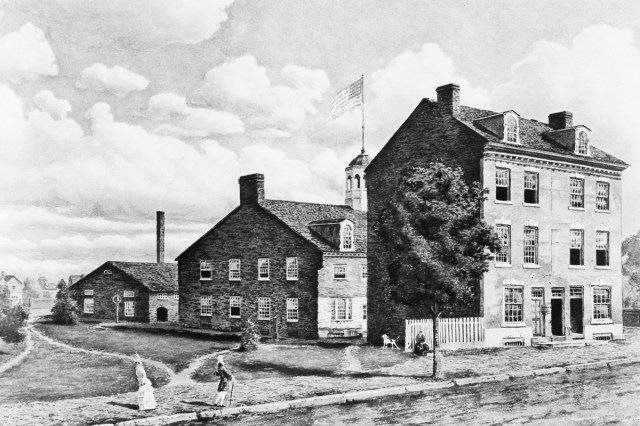
The Mint Has Four Main Branches
For the first four decades of its existence, the U.S. Mint operated solely from its Philadelphia headquarters. Additional mints opened in Charlotte, North Carolina; Dahlonega, Georgia; and New Orleans, Louisiana, in the 1830s, but those branches all closed after briefly falling into Confederate hands during the Civil War.
Meanwhile, another mint opened in San Francisco in 1854, and later, branches in Denver and West Point, New York — which originated as an assay office in 1863 and a silver bullion depository in 1938, respectively — were conferred full mint status. These three mints, along with the headquarters in Philadelphia, are the four main branches of the U.S. Mint today. The Philadelphia branch still maintains its stature as the “Mother Mint,” as it creates the dies used by all other mints for imprinting coins.

